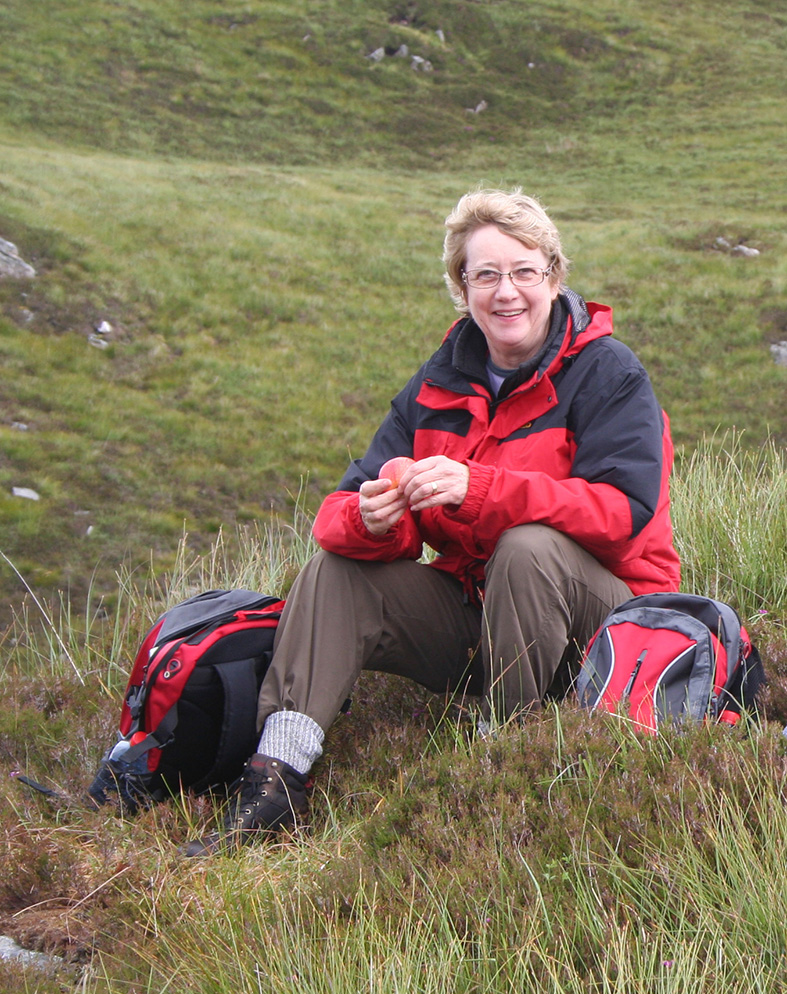
Director’s Preface
This report summarises the activities and achievements of the Australian Research Council Centre of Excellence for Core to Crust Fluid Systems (CCFS) in 2015 (commenced mid 2011). Activities include research, technology development, stakeholder engagement, international links and research training.
The overarching goal of CCFS is to understand Earth’s internal dynamics, evolution and fluid cycles from core to crust. CCFS multiplies the capabilities of three national centres of research excellence in Earth and Planetary Sciences: Macquarie University (Administering Institution), Curtin University and the University of Western Australia (Collaborating Institutions). The Geological Survey of Western Australia is a Partner Institution and researchers from Monash University and the University of New South Wales are formally affiliated. Our strong formal international partnerships and growing networks leverage our resources across intellectual, infrastructure and funding bases.
2015 saw the implementation of seven Flagship Programs following the extensive review and program restructuring carried out in 2014 based on the benchmark outcomes of the first 3 years and extending in new directions, or finalisation of programs that had come to fruition. The Flagship Programs are targeting the research goals through to 2018 with a new focus and realigning strategies to deliver further transformational outcomes and leave a legacy in knowledge, new technology and methodologies. They are providing vital new knowledge about Australia’s geological evolution to guide smart new mineral exploration and to fulfil the CCFS vision of “Delivering the fundamental science needed to sustain Australia’s resource base”. These Flagship Programs are underpinned by two Technology Development Programs, designed to deliver more leading-edge geochemical breakthroughs, capitalising on the outstanding geochemical instrumental infrastructure across CCFS.
New instrumentation installed and operational in 2015 includes the Cameca LEAP 4000X HR atom probe coupled with a
Tescan LYRA Focused ion beam scanning electron microscope with time-of-flight secondary ion mass spectrometry capability at Curtin University, a Cameca 50L
NanoSIMs at the University of Western Australia and the Nu Plasma II inductively-coupled-plasma mass spectrometer in the Geochemical Analysis Unit at
Macquarie. The in situ measurement of U-Pb isotopes in zircon using the combination of the femtosecond laser system and Nu Plasma II is a world
first, providing greater sensitivity
and better spatial resolution; and preliminary results were reported at the Goldschmidt Conference in Prague, 2015 (see Appendix 6).
The outstanding quality of CCFS researchers, and their continuing success in gaining external leverage of resources, are exemplified by the award of more prestigious Fellowships in 2015. Zheng-Xiang Li was awarded an ARC Laureate Fellowship; Olivier Alard and Kate Selway received ARC Future Fellowships to commence in 2016 (see pp. 11-12) – a total of eleven Future Fellowships awarded to researchers in CCFS; and Andrea Giuliani embarked on his ARC DECRA Fellowship.
Highlights of prestigious external awards for CCFS Chief investigators included the 2016 Australian Academy of Science (AAS) Nancy Millis Medal to Elena Belousova, the presentation of the AAS Anton Hales Medal Lecture by Yingjie Yang, and the presentation of the Royal Society of NSW W.B. Clarke Memorial Lecture by Bill Griffin. Four CCFS Chief investigators (Bill Griffin, Sue O’Reilly, Zheng-Xiang Li and Simon Wilde) were honoured at the 2015 Thomson Reuters Citation & Innovation Awards for their Contribution to the Understanding of the ‘Tectonic Setting of the North and South China Cratons’.
The lively postgraduate cohort kept growing with 76 PhD students undertaking research aligned with CCFS. CCFS postgraduates are producing world-class research with authorship of 28 publications in high-impact journals in 2015 and 59 presentations at peak international workshops and conferences.
Leading-edge research outcomes in 2015 include a wide spectrum of discoveries, including: stunning new images of the deep crustal structure of the western half of the Australian continent; the discovery of 3-billion year old crust hidden beneath the Ukrainian Shield (an analogue for western Australia’s deep crust?); opening a window to the deep structure beneath western Victoria; the first analysis of deformation styles in the mantle transition zone (>400 km beneath the Earth’s surface); enigmatic minerals from Earth's mantle, previously only recorded in meteorites; new ore-forming deep crustal processes; the world-first in situ characterisation of lithium isotope behaviour in zircon. These are all included in the “Research highlights” section.
The world-leading outcomes on the structure and composition of the deep Earth, the behaviour of its materials, and the nature and mechanisms of fluid processes from >400 km depth to the surface, all improve our knowledge directly, or by analogy, of the hidden deep geology beneath Australia. The new outcomes and the novel methodologies (geophysical and geochemical), are rewriting the canon of Australia’s evolution to the continent we know today. CCFS has become acknowledged as a key resource for providing the fundamental research to underpin the national UNCOVER initiative (http://www.uncoverminerals.org.au/).
The ultimate goal is to continue to lead the way to Australia’s future mineral security, ensuring economic health for our society through fundamental, high-impact research discoveries
Professor S.Y. O’Reilly

CCFS participants at the annual CCFS Research Meeting held on 22-23 October 2015.

 ARC Centre of Excellence for Core to Crust Fluid Systems
ARC Centre of Excellence for Core to Crust Fluid Systems